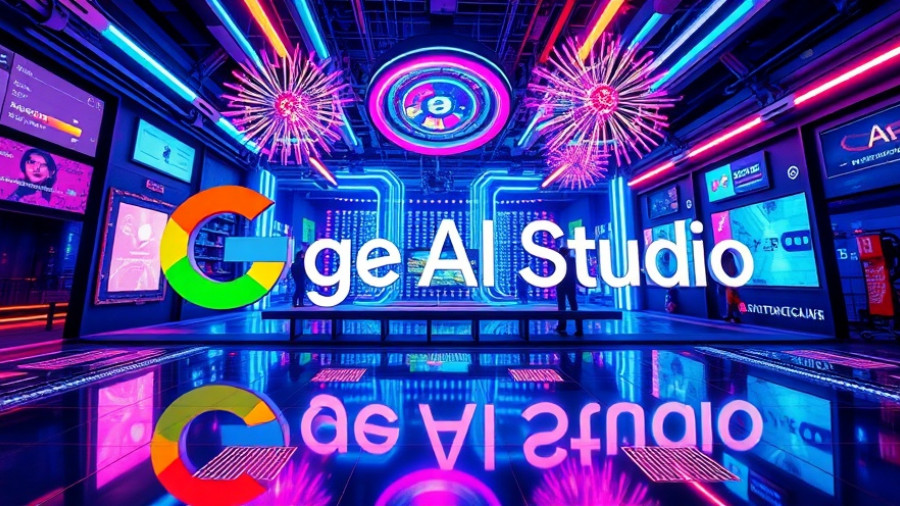
The Psychology Behind Luxury Marketing
Luxury brands utilize intricate marketing strategies that play into psychological triggers, captivating potential buyers. The essence lies in creating a perception of scarcity, exclusivity, and aspirational lifestyle—concepts that induce desire and drive consumers to purchase without even realizing the influence at play. Renowned brands invest heavily in crafting a narrative that resonates deeply with their target audience, making customers feel part of an elite community. For marketers and business owners, understanding these psychological tactics can inform their own strategies for engaging their audience effectively.
In 'How Luxury Brands Brainwash You to Buy', the discussion dives into the potent marketing strategies employed by luxury brands, exploring key insights that sparked deeper analysis on our end.
Strategies That Capture Attention
Luxury marketing leverages visual storytelling through imagery and video, often depicting glamorous lifestyles or extraordinary experiences that entice the viewer. These methods align seamlessly with social media platforms where visuals reign supreme, hence the significance of platforms like Instagram and TikTok in today’s marketing strategies. Professionals in these fields can learn from how luxury brands curate their visual content to capture attention and foster engagement, even harnessing influencer marketing to elevate their reach and authenticity.
Storytelling as a Marketing Tool
Case studies reveal that brands capable of weaving compelling stories around their products typically witness higher engagement and loyalty. A well-crafted story provides context, imbues products with meaning, and makes them relatable. Take for instance, how Nike uses the journey of athletes to promote its brand image, inspiring customers by connecting its products to real-life aspirations. This approach can be replicated in various markets to enhance brand visibility and cultivate a loyal customer base.
Emotional Connection Over Rational Decisions
Consumers often make purchasing decisions based on emotions rather than logic. Luxury brands continuously highlight how their products evoke feelings of status, elegance, and success, which can be immensely powerful in boosting sales. For marketers, understanding the emotional triggers behind customer decision-making opens avenues to refine their marketing strategies. Marketers can integrate efforts like customer journey mapping to pinpoint specific emotional touchpoints that influence purchasing behavior.
Digital Marketing Trends Behind Luxury
As the digital landscape evolves, luxury brands are increasingly investing in online presence, leveraging SEO and content marketing practices to reach broader audiences. SEO tools enable brands to optimize visibility, while email marketing and influencer outreach help to maintain engagement. Utilizing analytics tools, these brands monitor customer behavior and preferences, enabling data-driven decisions. For professionals in digital marketing, keeping abreast of these trends and implementing them effectively can vastly improve marketing outcomes.
Actionable Insights for Marketers
Marketers eager to employ similar luxury strategies can take specific, actionable steps. Begin by developing a unique brand story that captivates your audience. Engage in influencer collaborations to enhance credibility and visibility. Employ A/B testing on various marketing strategies to analyze which narratives resonate best with your customers. Additionally, leveraging social media platforms for content distribution is vital. Effective use of tools such as Google Analytics will further provide insights into visitors’ behaviors, allowing for targeted marketing strategies tailored to audience interests.
Common Misconceptions in Luxury Marketing
One prevalent misconception is that luxury marketing is only for high-end brands. In reality, any business can implement strategies often associated with luxury brands by focusing on delivering high-quality products, personalized experiences, and cultivating strong emotional connections with customers.
How you utilize luxury marketing concepts can define your business's success. For professional marketers or business owners, adopting a narrative-driven approach that fully understands the audience's aspirations and emotional triggers translates to substantial opportunities for engagement and sales.
In the exploration of luxury brand marketing, it becomes clear that deeply understanding human psychology and employing innovative strategies can set any business apart from the competition.
 Add Row
Add Row  Add
Add 




Write A Comment